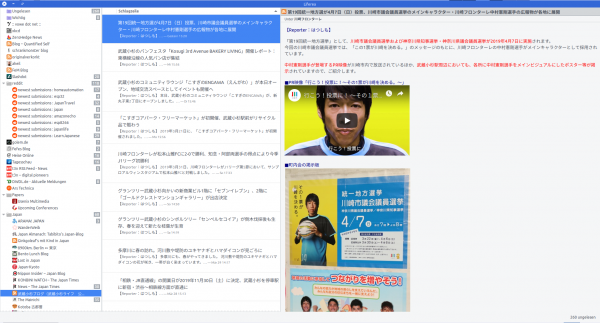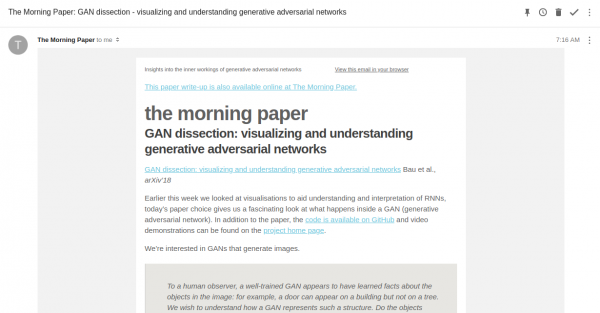RSS aka RDF Site Summary aka Rich Site Summary aka Really Simple Syndication is a standardized web format that works for you.
At least it would work for you if you would use a a tool which would allow you to “subscribe” to RSS feeds from all sorts of websites. These tools are called feed-reader.
The website you are reading this on offers such a link. By subscribing to its feed you will be able to see all content but without having to actually go to each of your subscriptions one by one. That is done by the feed reader. This process of aggregation is it why feed readers are also called aggregator.
Invented exactly 20 years ago this month on the back-end of a feverish dot-com boom, RSS (Real Simple Syndication) has persisted as a technology despite Google’s infamous abandonment with the death of Google Reader and Silicon Valley social media companies trying and succeeding to supplant it. In the six years since Google shut down Reader, there have been a million words written about the technology’s rise and apparent fall.
Here’s what’s important: RSS is very much still here. Better yet, RSS can be a healthy alternative…
RSS is Better Than Twitter
I am using Liferea as my feed reader on desktop and Reeder on all that is iOS/macOS.
I’ve found that by using RSS feeds and not following a pre-filtered timeline I would not “follow” 1000 sources of information but choose more carefully whom to follow.
Some do not offer any feeds – so my decision in these cases is wether or not I would invest the time to create a custom parser for their content to pull in.
After RSS being just another XML format you quickly realize that HTML is just another XML format as well. There are simple ways to convert between both on the fly. Like fetchrss.com or your command-line.
Of course RSS is not the only feed format: ATOM would be another one worth mentioning.



